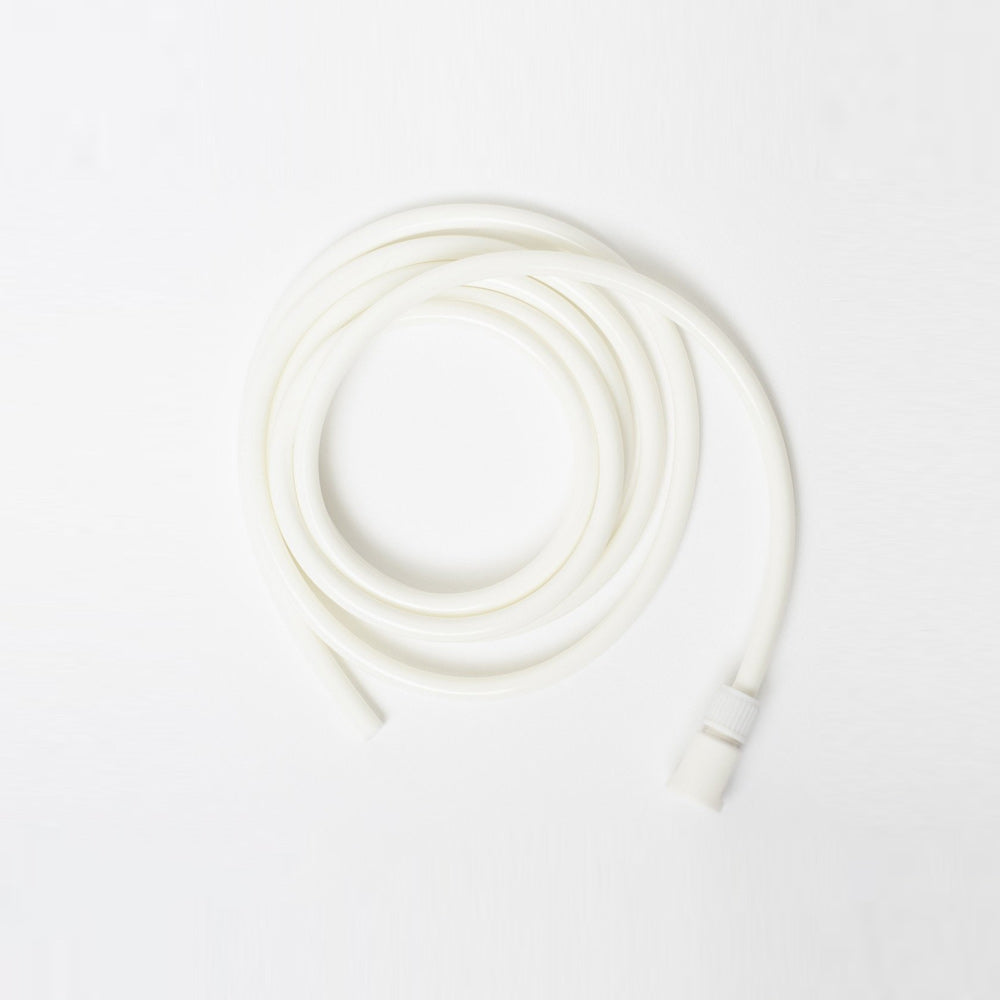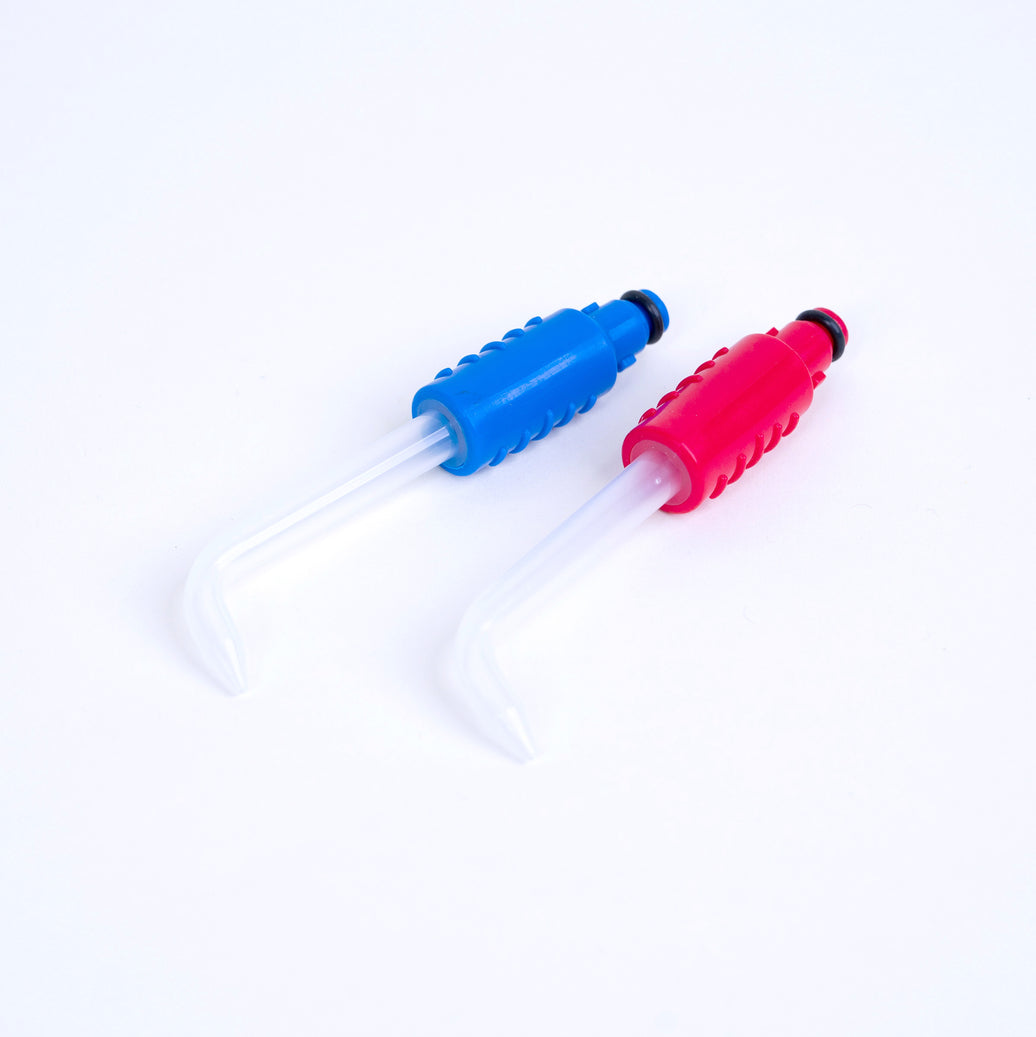Virtually every man woman and child in today’s society knows how important it is to brush at least twice a day to avoid getting cavities or losing teeth. But did you know that brushing one’s teeth is a relatively new daily routine? Before World War Two, little was known regarding oral health or how important it was to keep one’s teeth clean and free of trapped food particles. People would literally go for days without brushing or attempting to clean their teeth. They also believed that losing your teeth as you got older was just one of the effects of old age.
It wasn’t until World War 2 that the armed forces ordered their soldiers to brush their teeth every morning, and when the war was over, those soldiers brought that ritual back home with them.
We now know that poor oral health is one of the reasons the average lifespan was so much shorter a century ago. They had no idea that most infections enter through the mouth and if one’s mouth is already suffering from gum disease; the loose teeth and oral lesions present will allow the bacterial infection to enter the bloodstream and damage other essential organs such as the heart, liver, and kidneys.
The Chinese were the first to become aware of the necessity to keep one mouth healthy. They created the first toothbrush using the bristles from the back of a pig’s neck, attached to a wooden handle. Although it has since been discovered that the ancient Babylonians used the frayed edges of twigs to clean their teeth and remove particles during the height of their culture around 3500 B.C.
Toothpaste? Frankly, some of the early forms of toothpaste would make you gag. Other than plain soap, they experimented with crushed egg shells, melted hooves, chalk and, believe it or not, charcoal.
Doesn’t conjure up any images of clean white, teeth, now does it?
You’ve likely heard the story of George Washington’s false teeth, and the subsequent debunking of them having been made of wood. Wood rots and so isn’t usable. What was used was the teeth of corpses and animals. Fortunately, advances came soon after the American Revolution.
The French came up with the first set of Porcelain teeth in 1774, the Italians improved it in the early 1800’s, but they weren’t fully functional until the advent of vulcanized rubber. It was that invention that produced the false teeth similar to what we have today.
A Dr. Lister created a combination of chemicals that was originally used on surgical dressings during the Civil War to prevent infections. However, he was not the person who created Listerine. That was created years later by a chemist named Joseph Lawrence who named his product in honor of Dr. Lister.
So, what do we know today? We know that it is essential to brush at least twice a day, to use a fluoride mouthwash and toothpaste and to use an oral irrigator like the Oral Breeze to blast away the hidden food particles and strengthen teeth.
The oral irrigator is the most recent of discovery in the war on tooth decay and perhaps the most effective because bacteria can’t grow in a mouth that is free of the loose food particles that are the breeding grounds for infection.










